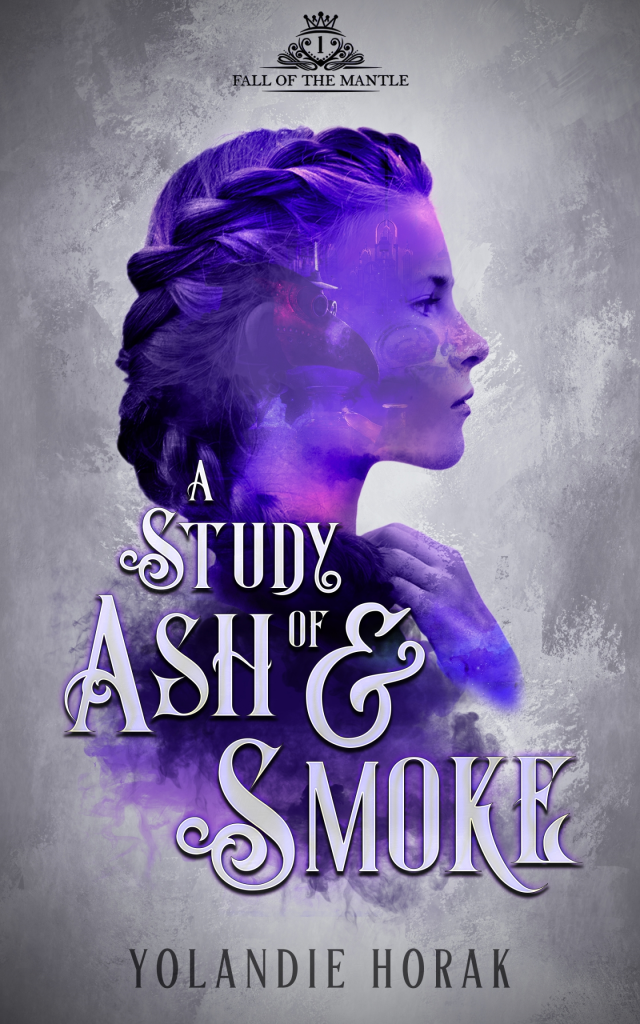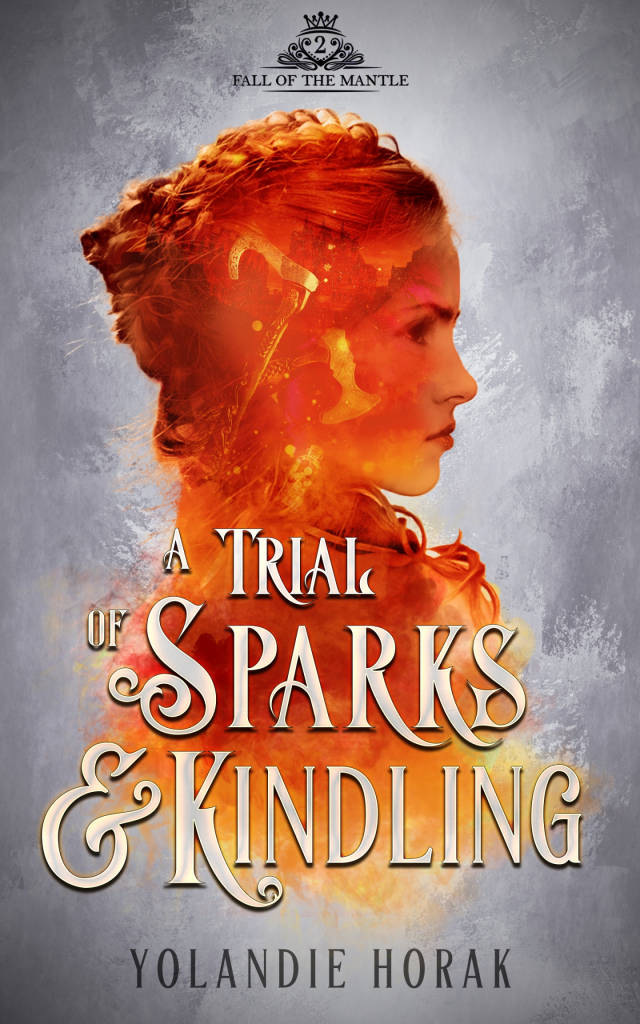The greatest of all the FAQ’s we are asked remains ‘what’s different?’, especially now that we’ve lived on three continents. The short answer is a lot, but that doesn’t seem to cut it with the asker. 🙂
So, I’ll do a series of posts that look at these differences in depth. Please do keep in mind that we’ve only lived in one city in each country. Johannesburg, South Africa (Jan lived in more than one, but I was born and raised in Joburg). Mülheim an der Ruhr, Germany. And Toronto, Canada. For that reason, I can only compare these three places. At least with some semblance of knowledge. 🙂 Still, in the category ‘what’s different’, the weather is always the first sub-question, so let’s start there.
The Weather.
Canada is so enormous that we can’t talk about the weather here as something standard. Ontario itself is as big as a country, as are basically all of the other provinces here, which means standard doesn’t even exist on a provincial scale. It’s just too big. We’re talking lakes with their own tides, for goodness sake! And in a place with so many diverse natural landmarks, you can imagine how different the weather can be in two different parts of the province.
Germany is much smaller, but the same is true there. The weather in Munich isn’t the same as the weather in Mülheim an der Ruhr. With the Alps in their backyard, Bavarians get much more snow than those from North-Rhine Westphalia.
And don’t get me started on South Africa! The general consensus this side of the world is that winter in South Africa is wonderful. Well, that depends on WHERE. I mean, Sutherland. Google it.
But okay. Comparison. Winters in Johannesburg are generally sunny, with the sunrise at around 8:00 and sunset at around 18:00. The temperatures drop into the 0-5 degrees Celsius range at night, while they typically rise into the 15-18 degree range during the day. It rarely rains in the winter in Johannesburg, which is a summer rainfall area, but when it does rain, it’s usually colder and gets pretty miserable. There are usually strong winds from the end of August, sometimes lasting well into October.
In Mülheim an der Ruhr, we experienced overcast, rainy winters. The sun rises around 8:45 and sets around 16:00 in the mid-winter. The coldest, rainiest and most constantly overcast time of the year is from February through March, and there were times when we saw no sunshine at all for up to two weeks at a time. The temperatures drop into the -5 to 3 degrees Celcius range at night, and typically rise to maximums of around 5 degrees during the day. Of course in our first year, we experienced an unusually warm winter, with maximums in the 10 degree range, followed by a freakishly cold winter the next year, that dipped below -20 degrees. But, with the constant drizzle, real-feel is often much lower than actual temperatures. Ice was a big problem that left slick roads and sidewalks that needed to be de-iced more than once daily. It often snowed and rained at the same time. On the rare occasions that the snow settled, it was less than a centimetre thick.
In Toronto, I’m told that typical winter weather is supposed to be warmer than the winter we just lived through. In the coldest months, the minimums are supposed to be in the -10 to 0 degree range, with maximums of 0 to 5 degrees. The sun rises at around 8:30 and sets around 17:00. When it snows, it’s usually no more than 5cm at a time, and there are many sunny days between snowfalls. Again, we experienced a record-breaking winter this year, with freak ice storms and an arctic bomb cyclone that caused frigid temperatures of around -26 degrees (with real-feels of below -30).
With the above information, you can understand why people in the northern hemisphere are usually so shocked to learn that many South Africans use electric blankets in the winter, and that sales of gas heaters are still going strong. Houses in SA aren’t that well insulated, which means they get pretty cold in the winter. The last apartment where we lived was colder inside than it was outside. As in, I’d rather sit and bake in the sun than be inside my home. We always wore multiple layers after dark, slept with the electric blanket on and at least two other blankets under the duvet, and used the gas heater during the day. I always wore my bathrobe over my clothes while writing, and also usually sat under a blanket, but could be outside wearing only jeans and a sweater.
In both Mülheim an der Ruhr and Toronto, we spent the winter without any electric blankets, space heaters or even fluffy pajamas. Yup, I slept in short sleeves, even in the heart of the cold. We didn’t even turn on all of the heating points in our apartment in Germany. The insulation and heating systems are so effective that the home is kept at around 23 degrees Celcius. Pretty comfy, if you ask me.
In the same way, the clothes are insulated. From shoes with woollen insoles to down-filled coats, the things you wear will keep you warm. For the most of the winter, I wore only a short-sleeved shirt and a pair of jeans with my winter coat when I went out. And that in the coldest winter in 59 years.
Sure, the time we spent in Germany certainly helped us to acclimatise to colder weather, though I truthfully have to say that I’ve been colder in Johannesburg winters than I’ve been in the other places we’ve lived. The home temperature comfort levels make a huge difference. I’ve spoken to folks from other parts of South Africa who have also said that Johannesburg winters were horrible, which says a lot.
In the random cold snaps that Johannesburgers have been experiencing in recent years, they’ve had maximums of under 10 degrees. If you ask them, they’re almost freezing. 🙂 I believe them. Without the necessary insulation in homes and clothing, it gets more than a little chilly. And workplaces or schools may be heated, but this isn’t a universal truth.
Johannesburg is a dry place, no humidity there. This isn’t true of Toronto or Mülheim an der Ruhr, even in the heart of winter. In the summer, this humidity can be brutal.
Summer temperatures in all three cities rise into the 25-30 degree Celcius range with minimums of above 18 degrees.
In Mülheim an der Ruhr, the humidity is often more than 80% in the high summer, which leads to thunderstorms at night. The sun rises before 5:00 and never really sets in the mid-summer, it’s always there, colouring the horizon red.
This is similar in Toronto, with the exception that the sun sets around 21:30.
As I said, Johannesburg is dry – humidity levels average at around 60% in the summer. The sun typically rises at around 5:00 and sets at around 19:30. Still, Johannesburg is known for its thunderstorms, which usually occur at least once a week in the summer. I’ve spoken to people from other parts of South Africa who were quite freaked out by these thunderstorms, because the storms they’re used to aren’t as intense as those in Jozi. I don’t know. Since it’s all I’ve ever known, there’s nothing special about them IMO.
Maybe I’ll do an updated weather post in a year or two, when I have more data to compare. Until then, though, that’s it from me on this topic. If you have something specific you’d like me to compare next time, drop me a line. I’d love to hear from you.
Have a good one!
Yolandie.




